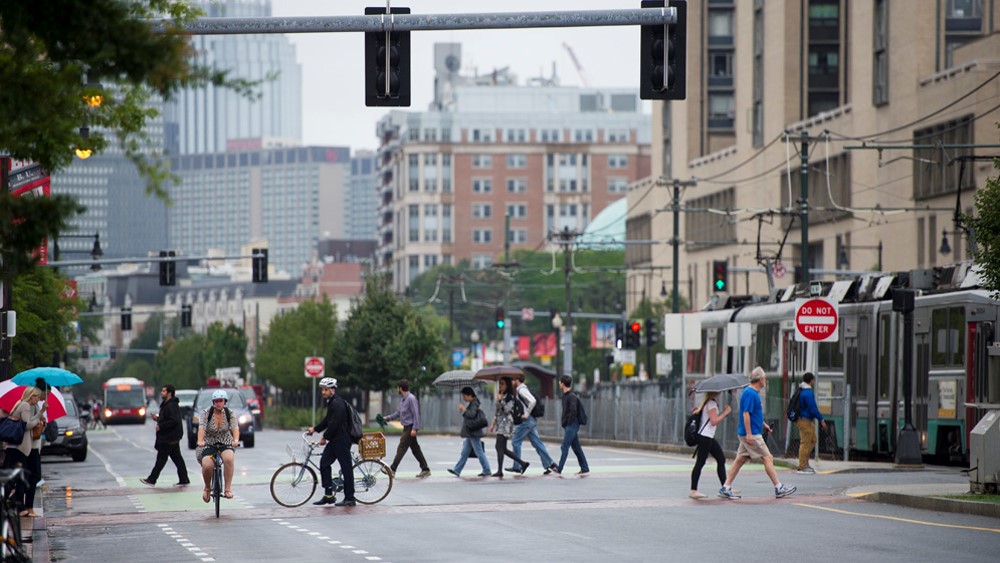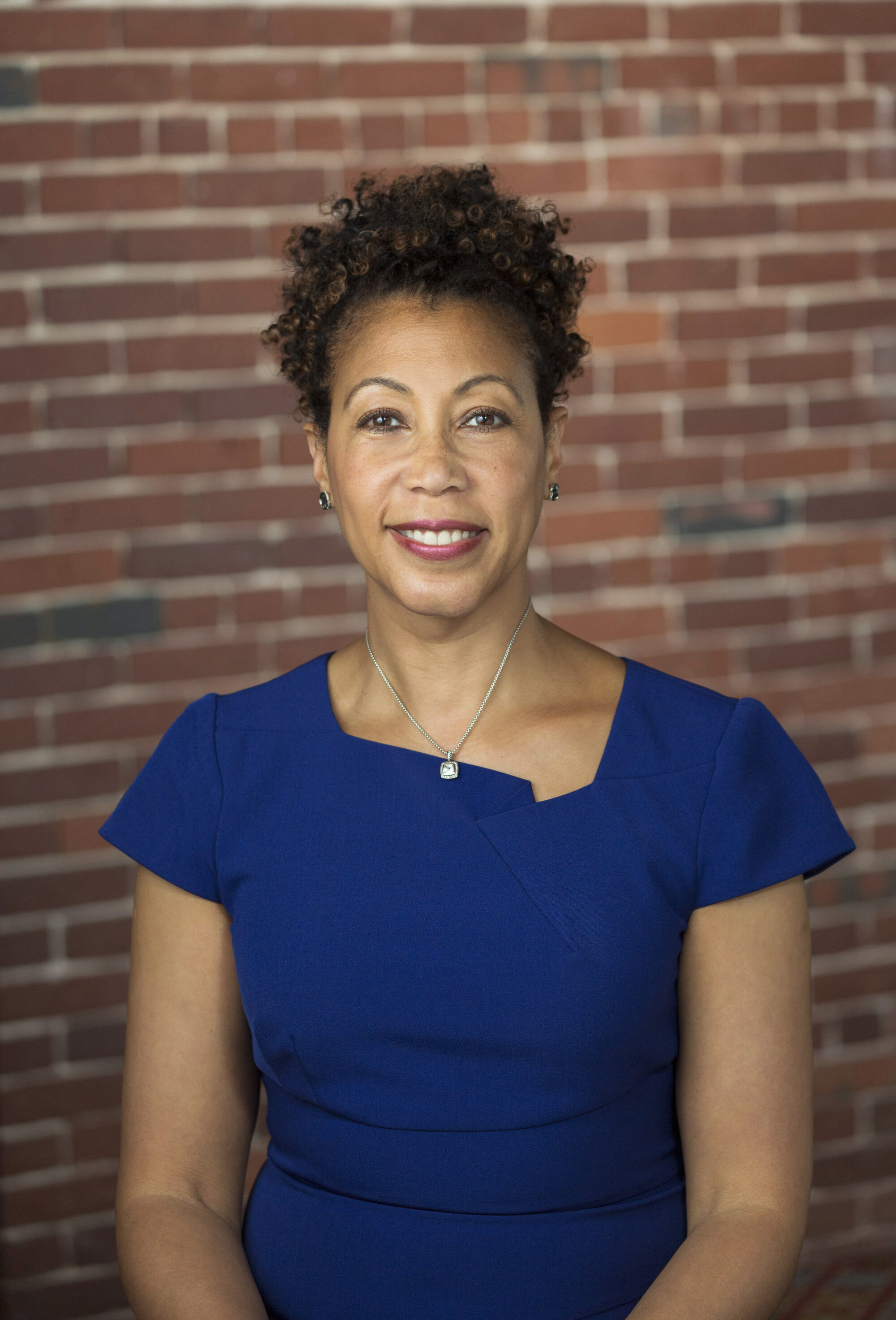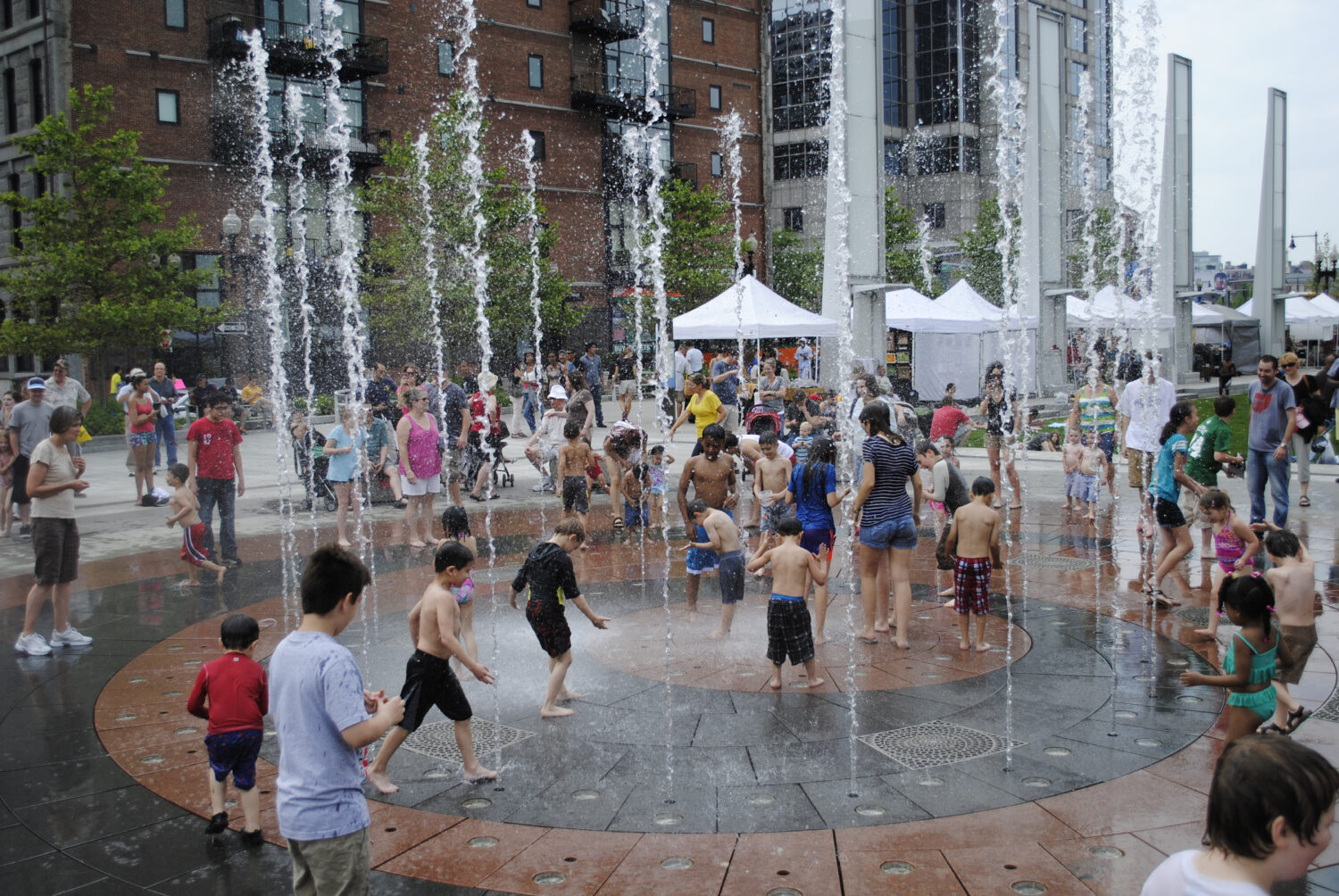In his December 2014 President’s Message, Jim Canales shared our trustees’ decision to deepen and expand over time Barr’s engagement in our three program areas of Arts & Culture, Climate, and Education. Since then, in Barr’s Climate program, with the active engagement of our trustees and with the counsel of an external advisory group, we have been taking stock of Barr’s work to date and looking carefully at how the external landscape has shifted since 2010, when Barr made a five-year, $50-million commitment to help accelerate actions to reduce greenhouse gas (GHG) emissions in Boston and Massachusetts.
One exciting development since 2010 is the significant growth of philanthropic engagement and support for climate action. In this post, I discuss three major trends influencing our thinking about the biggest opportunities for Barr to impact transportation-related emissions. In the coming weeks, my colleague Mariella Puerto will share a companion piece on clean energy—the other focus area within Barr’s Climate program.
1. Our need for a modern, reliable, world-class transit system has never been greater
There are two closely intertwined ways to reduce transportation emissions: 1) shifting more people to modes of transportation that emit less carbon; and 2) ensuring more of the resources and amenities people need are closer to where they live, thereby requiring less travel. These approaches are like two sides of the same coin—smarter travel and smarter places—and are inseparable. We can’t provide enough low-carbon travel without well-designed communities, and we can’t design low-carbon communities without the right transit options.
In Massachusetts, and particularly in Greater Boston, higher proportions of residents choose public transit than in many other parts of the country. By the MBTA’s estimates, ridership increased by seven million trips in 2014, and is projected to keep climbing in years to come. Keeping up with that growth while also shifting even more people to public transportation is a daunting challenge for a host of reasons, including funding and management issues, and a backlog of maintenance projects—to say nothing of severe weather like we experienced last winter, which literally ground our system to a halt. Despite these challenges, we cannot turn our backs on the T. Making public transit an attractive, reliable, affordable choice remains one of the most effective ways to reduce transportation emissions. For example, a single suburban commuter switching from a private car to public transportation can reduce a household’s carbon emissions by up to 30%.
One troubling trend pulling the transportation-emissions curve in the wrong direction is that, as housing costs have increased in Greater Boston, many people find themselves needing to move to more far-flung communities lacking good connections to transit, job centers, and public amenities. In certain neighborhoods, this dynamic is at play even within city limits. According to a recent analysis by the City of Boston as part of Go Boston 2030, only 15 percent of Bostonians live in places where they are dependent on cars for almost all trips. Yet, for the lowest income bracket, that number jumps to 30 percent.
To achieve our greenhouse gas goals, a world-class public transit system that also fills critical gaps in service must be part of the equation. And we anticipate remaining deeply engaged in the work of creating that system. It’s good for people, good for the economy, and good for the environment.
2. Transportation choices are becoming more diverse and appealing than ever
For many Americans—especially young adults—the appeal of driving and car ownership seems to be on the wane. After rising steadily for decades, in recent years, we have been seeing vehicle miles traveled flat or even falling. Many believe this indicates a culture shift underway. Meanwhile, services like Bridj, Lyft, Zipcar, Uber, and others are thriving, making it easier than ever for many to leave their cars at home or not even own one at all. Self-driving vehicles also appear to be on the not-too-distant horizon, with potential to further upend car ownership and use as we have known it. It’s important that we better understand the cultural shifts underway, and be prepared to design and support solutions that meet changing mobility needs.
Another mode that is changing the status quo in major cities around the world is Bus Rapid Transit, or BRT. As I have written about on this blog before, the highest quality, “Gold Standard” BRT, uses physically dedicated lanes, prepaid fares, and protected and beautifully designed boarding stations to create a modern experience that rivals light rail in speed and capacity. It is also faster and more cost-efficient to build. Worldwide, BRT has nearly quadrupled over the last 10 years. However, it has been slow to catch on in the United States. To better understand whether and how BRT could work here and what benefits it might bring, in 2013, Barr convened a study group with deep roots across Greater Boston and expertise in transportation, development, and climate. In its final report, the group identified five corridors that show high potential for BRT. And we are now in the community outreach phase of this exploration, inviting residents to engage, react, and improve the ideas—to ensure that any resulting plans to advance BRT in any of these five (or other) corridors reflect and are responsive to community input and concerns.
Even as Barr’s work to catalyze, inform, and help facilitate a new conversation about BRT continues, we anticipate playing a similar role supporting investigation of other potential transportation solutions for the region – helping set the tables for creative problem solving based on good data, and with robust public input.
3. Antiquated land-use policies still make it harder than it should be to build “smart”—even with abundant and growing demand for smarter places
The potential for innovative modes of transit like BRT becomes even more exciting and powerful when they are well connected with other forms of transit—when, for example, transfers are seamless from foot to shared bike, to rail, to car or other modes. One benchmark for this is the Complete Streets framework, which emphasizes safety and efficiency for all no matter whether they choose to drive, take a bus, walk, or ride a bike. According to Smart Growth America, as of 2015 there are 712 jurisdictions with Complete Streets policies, with more than 70 added in 2014, five of which were in Massachusetts.
Just as demand is growing for smarter travel choices, more and more people are moving into cities to enjoy these smarter places, which are walkable, well connected to transit, and have easy access to a diverse mix of resources and opportunities. Yet, in Massachusetts and many parts of the country, policies that influence development are markedly out of step with this growing demand. It is still far easier for developers to build sprawl than to build smart places. Furthermore, as cities become less affordable, more people find themselves in more distant communities that lack these sorts of connections. This dynamic threatens to worsen the region’s carbon profile, as suburban development is between two and two-and-a-half times more GHG-intensive than development in urban centers. There is no way to hit aggressive emissions-reduction goals if low-carbon transportation and housing choices become luxury goods only few can afford.
That is why we see a continued role for new research, like the “WalkUP Wake Up Call,” released last spring, with guidance on where the highest-potential places for smart development are in Greater Boston, based on both economic performance and social equity indicators. We also see an important role investing in capacity-building for neighborhoods like Winchester that are ready to innovate (as featured in “1970s zoning calling your shots? Not this Boston Suburb,” a guest post by Andre Leroux, executive director of the Massachusetts Smart Growth Alliance).
Early next year, we will be ready to say more about the particular role we see for Barr, given these trends. I can say already, however, we are excited about the direction this next evolution of our work is taking us, and to continue working in partnership with others to advance mobility solutions in this region.
This blog is part of the Barr Planning 2015 series where staff members share important dimensions of their planning work.




